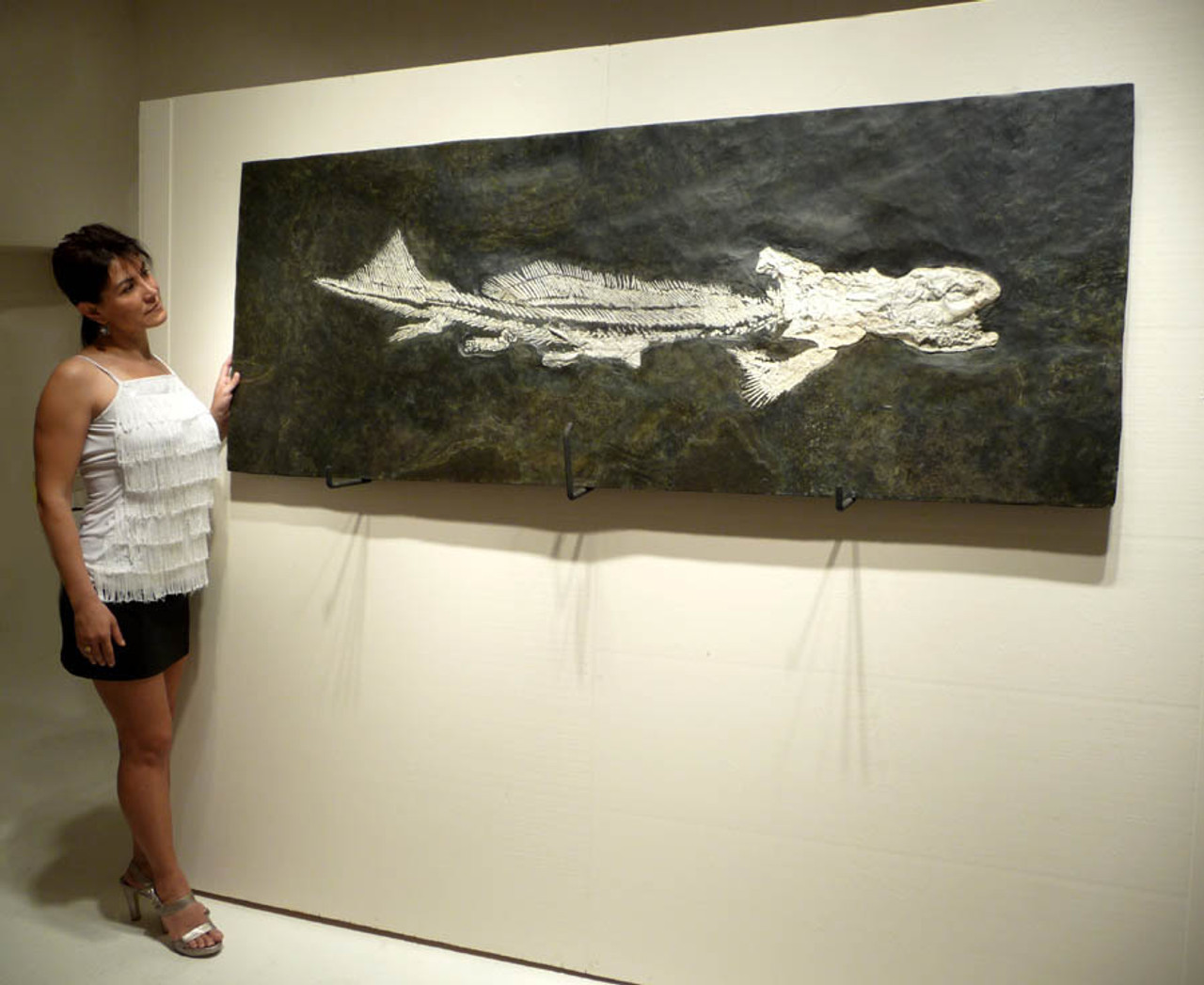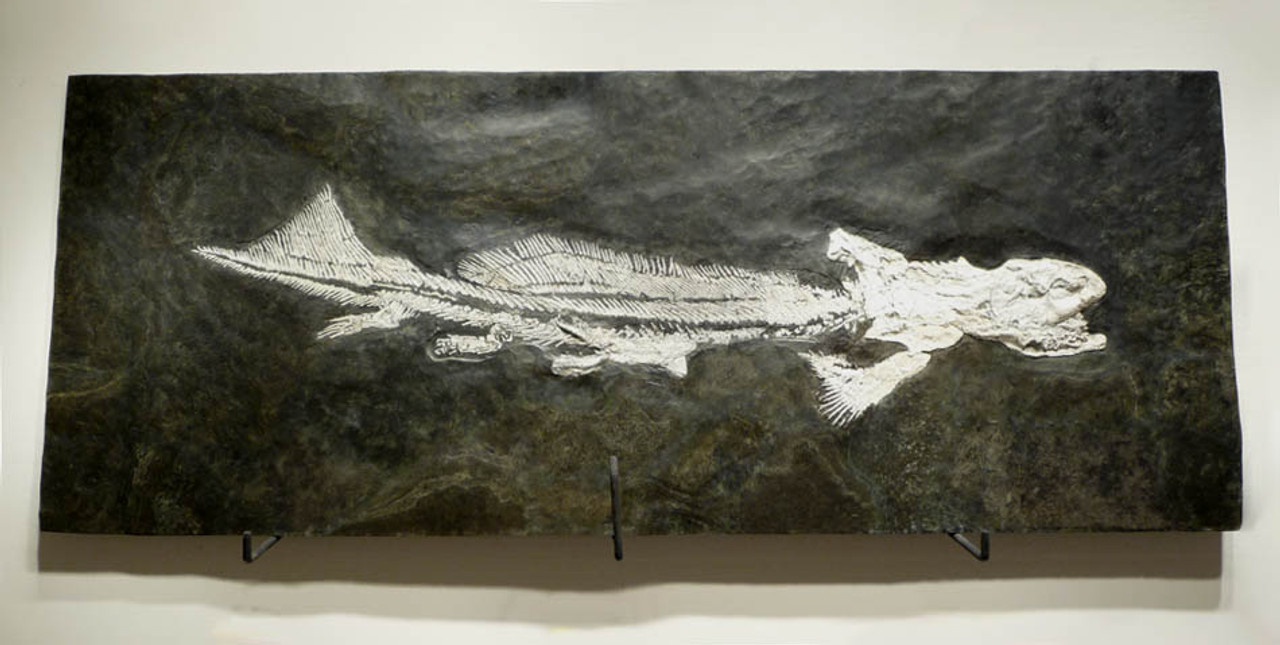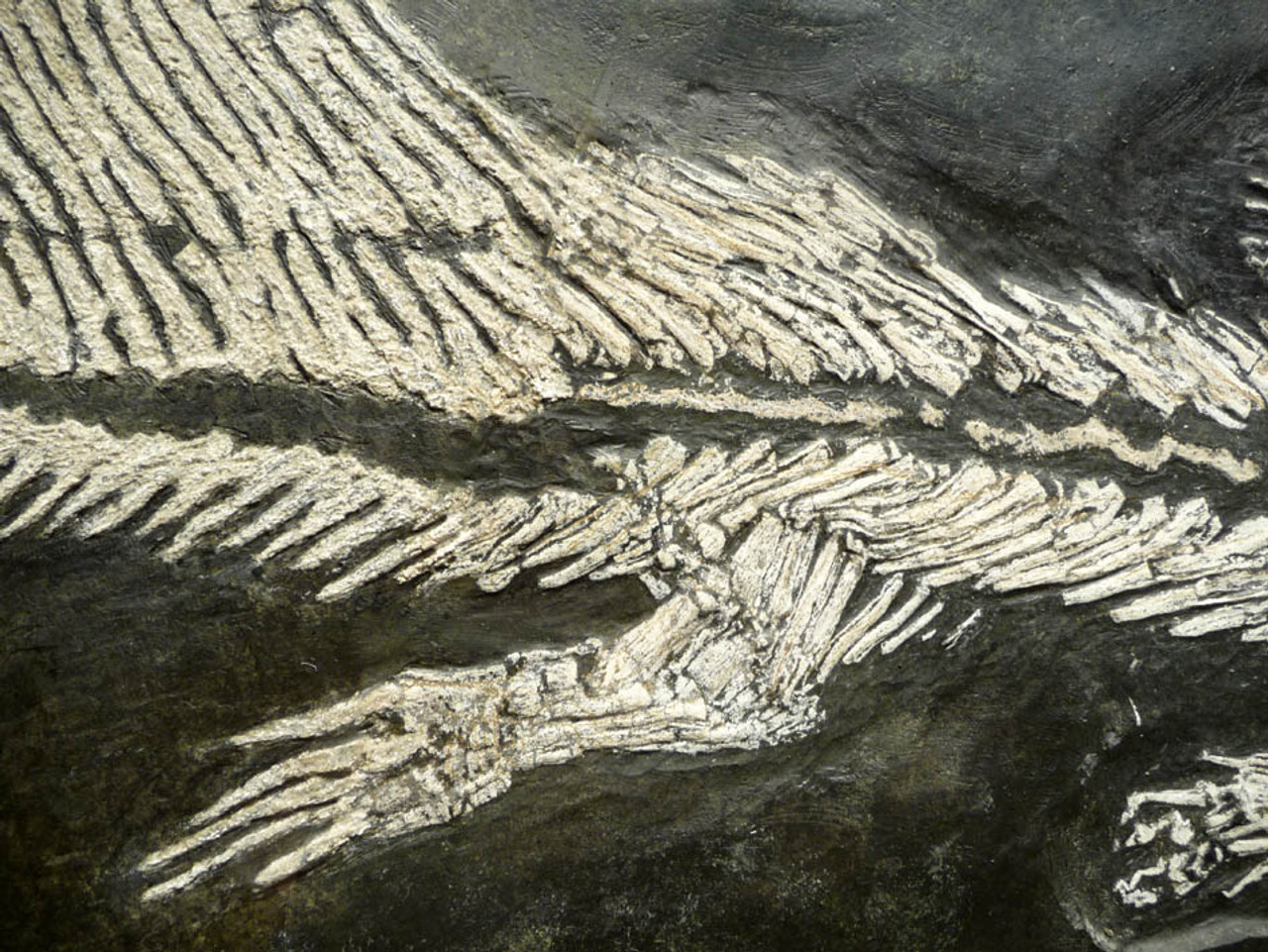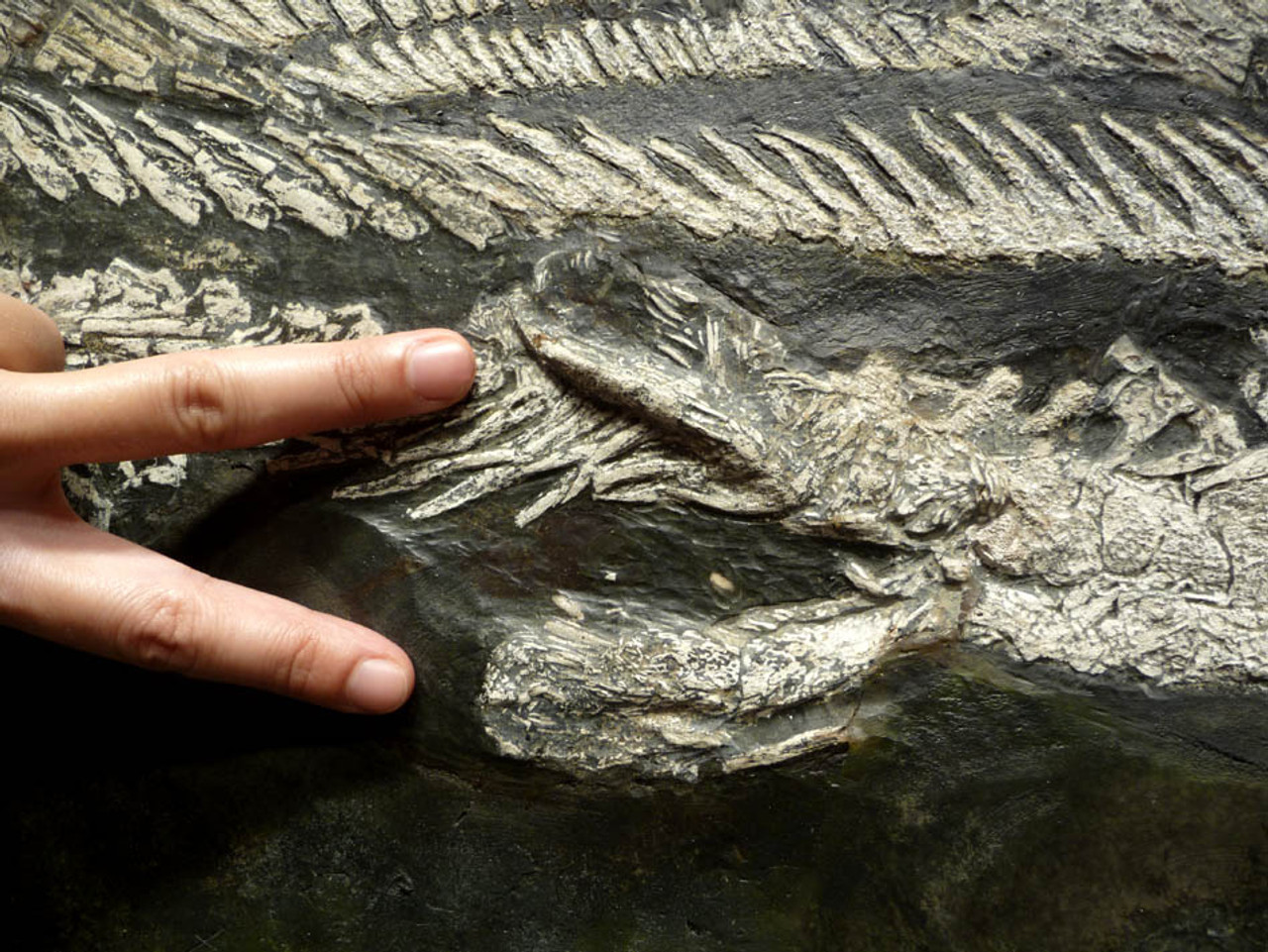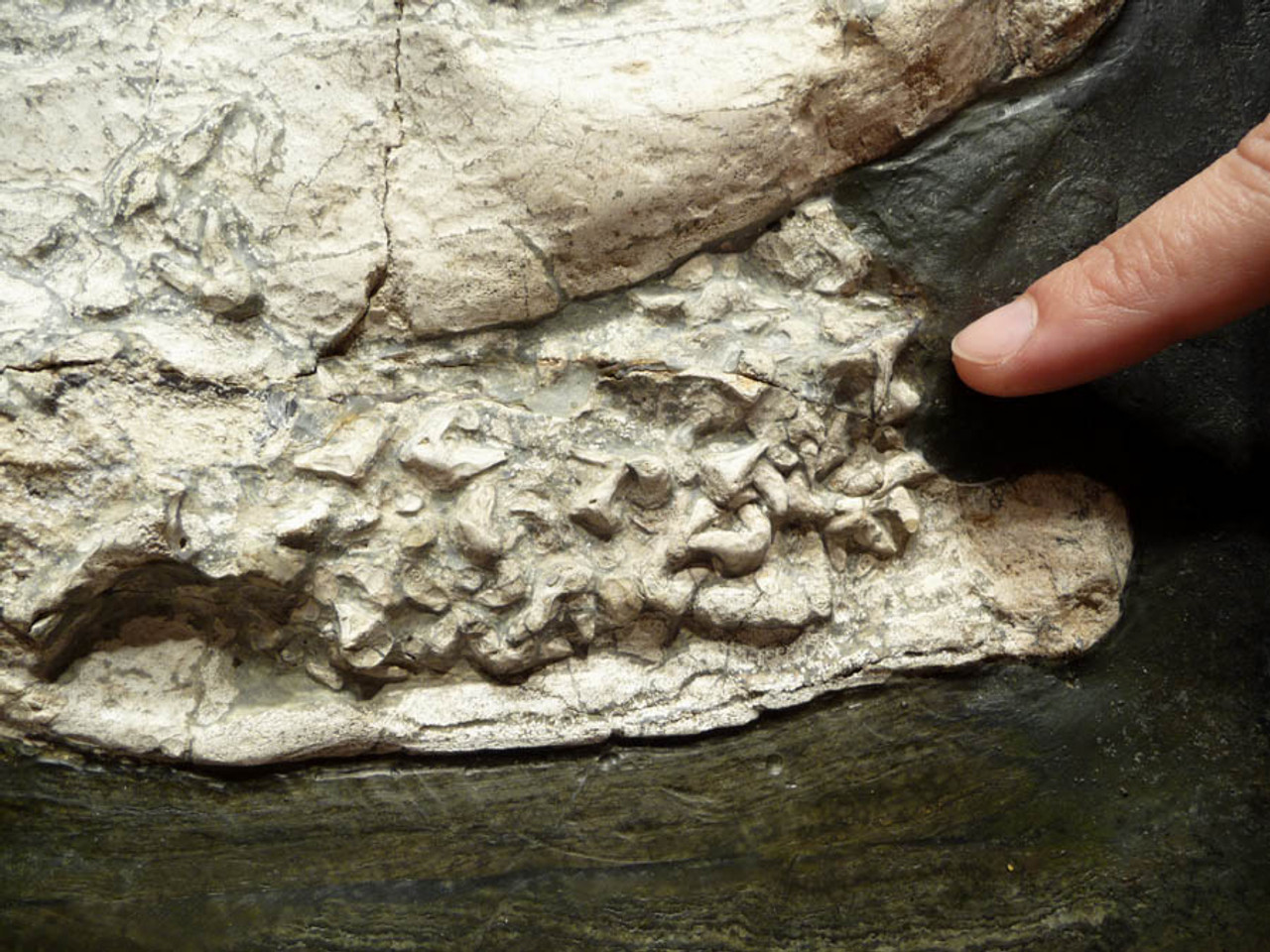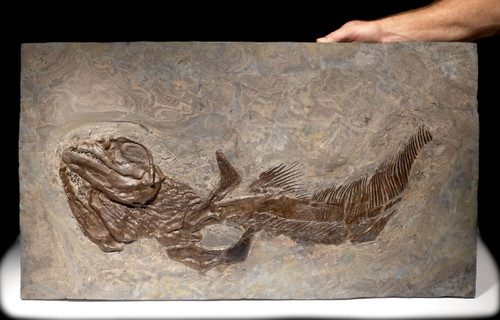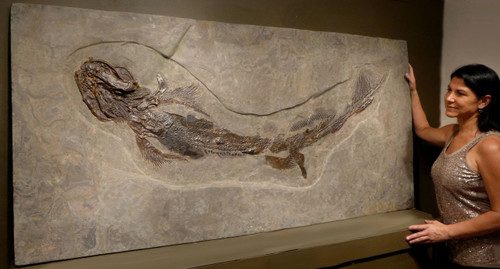Product Description
Recently completed in our preparation lab facility, we are pleased to present this spectacular giant fossil Orthacanthus senckenbergianus shark on its original stone plate as found. This complete, large Permian shark fossil skeleton represents a rare opportunity for the ultimate collector looking for THE FINEST AND RAREST specimens for their own private museum or to loan on public exhibition. This Permian shark offers highly educational features because it displays anatomy seldom seen in these scarce fossils - complete teeth with roots shown out of the jaw, all fins and bones present in high, three-dimensional relief and detailed male anatomy.
This is a very unique example of this large, primitive shark. It is scientifically rare as much as it is aesthetic. Some points to highlight are its straight pose, open gaping mouth, and a full, dislocated array of all original teeth showing three-dimensional preservation of the unusual forked crowns that these sharks are known for. The white color of the skeleton is natural and has NOT been painted. It was caused by the burial of the shark by sedimentary mud after which prehistoric volcanic activity burning the buried skeleton and the heat turning the skeleton to white ash. Additional burial and pressure would eventually turn the fossil into hard stone.
Every fin is present and in stunning, complete preservation. This is a MALE shark and is identified by the VERY RARE occurrence of BOTH left and right claspers seen on the ventral region just anterior to the anal fins. On rare occasions, you may see one side of the claspers present but on this specimen, both are shown because the orientation of the belly in this region is slightly turned for an underside view. These claspers were prepared out with very high 3D relief as seen above in the photos.
As stated, we performed the entire preparation to this specimen so we can fully attest to all the work done. The nature of how these fossils are prepared are most time and work intensive. Every little detail must be ground out by hand, carefully removing all matrix covering the white fossil skeleton. Many of these specimens are hastily prepared by simply grinding a level layer off of the top of the fossil, often destroying much of the original anatomy. Unlike such an expedient but inferior method, we carefully removed the overlying matrix completely around the three-dimensional anatomy of the entire fossil surface, exposing superb multi-layered detail of the original exquisitely preserved skeleton and skull. The surrounding matrix was treated with a stone sealer that brings out a most incredible natural deep, dark forest-olive green. This natural dark green color in the shale offers the most impressive aesthetics to the natural white of the fossil shark skeleton. The pose of this fossil shark is exactly as it died over 260 million years ago. What is rare is that this specimen is PERFECTLY laid out in a straight pose with the finest spread of all its fins. In many cases, fossils of these large sharks show poor articulation and were fossilized in poses that are unattractive or twisted. The menacing appearance of this specimen is extremely rare with large, gaping jaws and full array of teeth in a dislodged pile in its open mouth. Overall restoration to the skeleton amounts to less than 1% and was only performed to repair cracks. The rarity and presentation of this magnificent piece is even more impressive in person! Entire slab is reinforced with fiberglass and varies from 1" - 1.25" in thickness, overall. The slab is secure and safe for a custom wall mount application.
For someone with an interest in the interior design applications of fossils, it is most often that natural fossils on their original rock slabs are almost always in shades of earth-tone colors which vary from gray to beige. This specific fossil shark is very rare to have the rock naturally show a green hue when darkened with the applied stone sealer. If you browse the majority of fossils found and prepared on slabs, you will likely never see this naturally-occurring color combination. THE WHITE COLOR TO THE SHARK SKELETON IS 100% NATURAL. Many of these sharks are found on rock that when darkened, varies from a medium to dark slate blue-gray. Some are found with a black skeleton on brown or gray matrix. Examples like this with the white skeleton on the dark matrix offer better contrast for viewing and a more intriguing mystique to the persona of the specimen.
From a period in time before the dinosaurs even walked the earth, the bizarre Orthacanthus thrived in prehistoric swamps and bayous in Europe and North America. The Orthacanthus was an ancient freshwater shark that is no longer in existence. It had a very long spine protruding from the back of the head followed by a long ribbon-like dorsal fin that gave it the appearance of an eel. The double forked teeth were another unique characteristic. A full grown Orthacanthus is believed to have grown to 10 feet in length and was THE most dangerous apex predator that terrorized all creatures that lived in its environment.
SPECIAL NOTE: The current laws in this state of Germany have forbid the collection of these remarkable fossils since 1986. This legislation has permanently ended the supply of such magnificent specimens such as this one being offered here. This rare example was originally collected years prior to the ban but remained unprepared until very recently when we acquired the specimen from the original collector and performed all the preparations ourselves. With digging in the formation now off-limits, a specimen such as this is sure to appreciate in value as an incredibly promising investment as well as leave speechless everyone who has the pleasure to experience it in person. Specimens like this are true international natural history treasures - exceedingly rare in any collection of this quality of preservation as well as execution of its preparation.
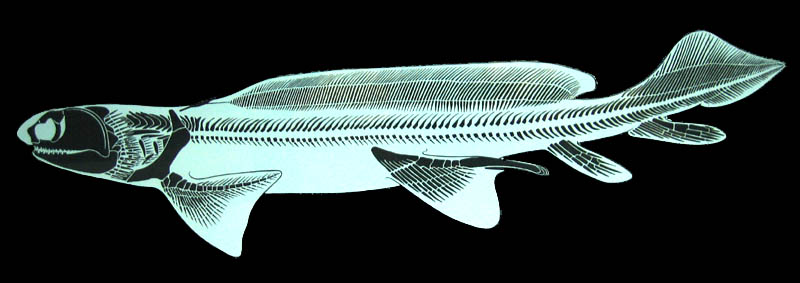
 US DOLLAR
US DOLLAR
 EURO
EURO
 AUSTRALIAN DOLLAR
AUSTRALIAN DOLLAR
 CANADIAN DOLLAR
CANADIAN DOLLAR
 POUND STERLING
POUND STERLING

